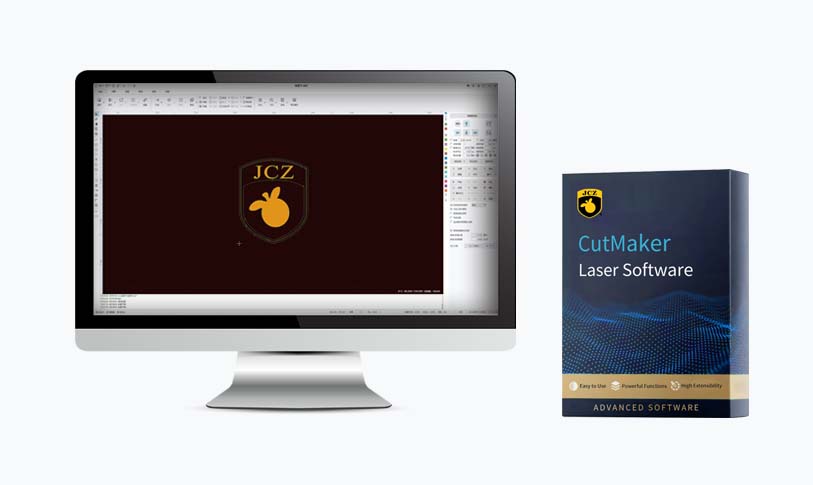****
The advent of short pulsed laser technology has significantly revolutionized various fields ranging from medicine to manufacturing, offering unprecedented capabilities for precision and performance. Unlike continuous wave lasers, which emit a steady beam of light, short pulsed lasers operate in brief bursts, producing high-intensity energy in extremely short time frames, measured in femtoseconds (10^-15 seconds) or picoseconds (10^-12 seconds). This article delves into the principles of short pulsed lasers, their operational mechanics, and their diverse applications across different industries.
Understanding Short Pulsed Lasers
At its core, a short pulsed laser generates light pulses that possess tremendous power concentrated over a very brief period. This is made possible through various mechanisms, including mode-locking and Q-switching. Mode-locking, a popular technique, involves the synchronization of multiple longitudinal modes of the laser cavity, producing optical pulses. On the other hand, Q-switching provides a means to build up energy within the laser medium before releasing it all at once, resulting in a powerful pulse.

Exploring the Advances and Applications of Short Pulsed Laser Technology in Modern Science and Industry
The output of these lasers spans various wavelengths, allowing for their use in numerous applications. Fiber lasers, solid-state lasers, and semiconductor lasers are among the types of short pulsed lasers being exploited, each with specific advantages based on the desired application.
The Medical Revolution
One of the most fascinating applications of short pulsed lasers is in the medical field, notably in laser surgery and dermatology. In procedures like LASIK eye surgery, short pulsed lasers are utilized for their precision in cutting and reshaping corneal tissue with minimal thermal damage to surrounding areas. This capability not only enhances recovery times but also significantly reduces the risks associated with traditional surgical methods.
Additionally, dermatological treatments for skin conditions like scars, acne, and pigmentation are increasingly relying on short pulsed lasers. The quick bursts of energy can precisely target and break apart tissue, stimulating natural healing processes while minimizing side effects and downtime for patients. The application of these lasers in tattoo removal has also shown promising results, as they can selectively interact with ink particles without damaging the surrounding skin.
Industrial Applications

Exploring the Advances and Applications of Short Pulsed Laser Technology in Modern Science and Industry
Beyond the medical realm, short pulsed lasers play a critical role in manufacturing and materials processing. Their ability to deliver focused energy enables engineers to cut, engrave, and mark materials with incredible accuracy. Industries that require high precision, such as aerospace and electronics, benefit significantly from this technology. For instance, short pulsed lasers are utilized in micro-machining applications where conventional tools may fail to deliver the desired effect.
The automotive industry is also a significant adopter of short pulsed laser technology, particularly for welding applications. Short pulsed lasers enable deep penetration welding, producing robust joints while minimizing thermal distortion, leading to enhanced material integrity and performance. This has become a game changer in the production of lighter, more efficient vehicles.
Research and Development
The ongoing evolution of short pulsed lasers sees extensive application in scientific research. In fields such as physics and chemistry, researchers employ these lasers in experiments that require precise control of energy delivery at a molecular level. For example, ultrafast spectroscopy utilizes short pulsed lasers to study reactions and processes that occur at extremely fast timescales, providing insights into molecular dynamics.

Exploring the Advances and Applications of Short Pulsed Laser Technology in Modern Science and Industry
Moreover, advancements in laser technology have opened new avenues in telecommunications. Short pulsed lasers are paving the way for the development of faster data transmission techniques. Their unique characteristics can potentially increase the bandwidth of optical fiber systems, allowing for more data to be transmitted over long distances without significant loss.
Conclusion
In conclusion, the short pulsed laser technology represents a monumental leap forward in various fields, providing solutions that were once thought impossible. With applications saturating the medical, industrial, and scientific sectors, continuous innovations and improvements are expected from ongoing research. As the technology becomes more refined and accessible, we can anticipate even broader implications and transformative effects on how we understand and interact with the world around us. The future of short pulsed laser technology undoubtedly holds exciting possibilities, poised to unleash even greater potential across numerous disciplines.jcz laser control card


